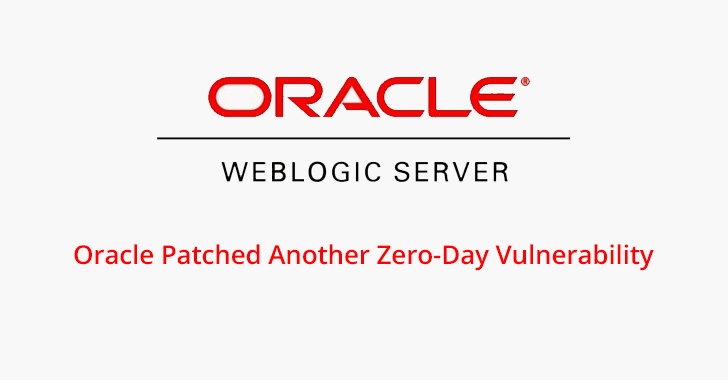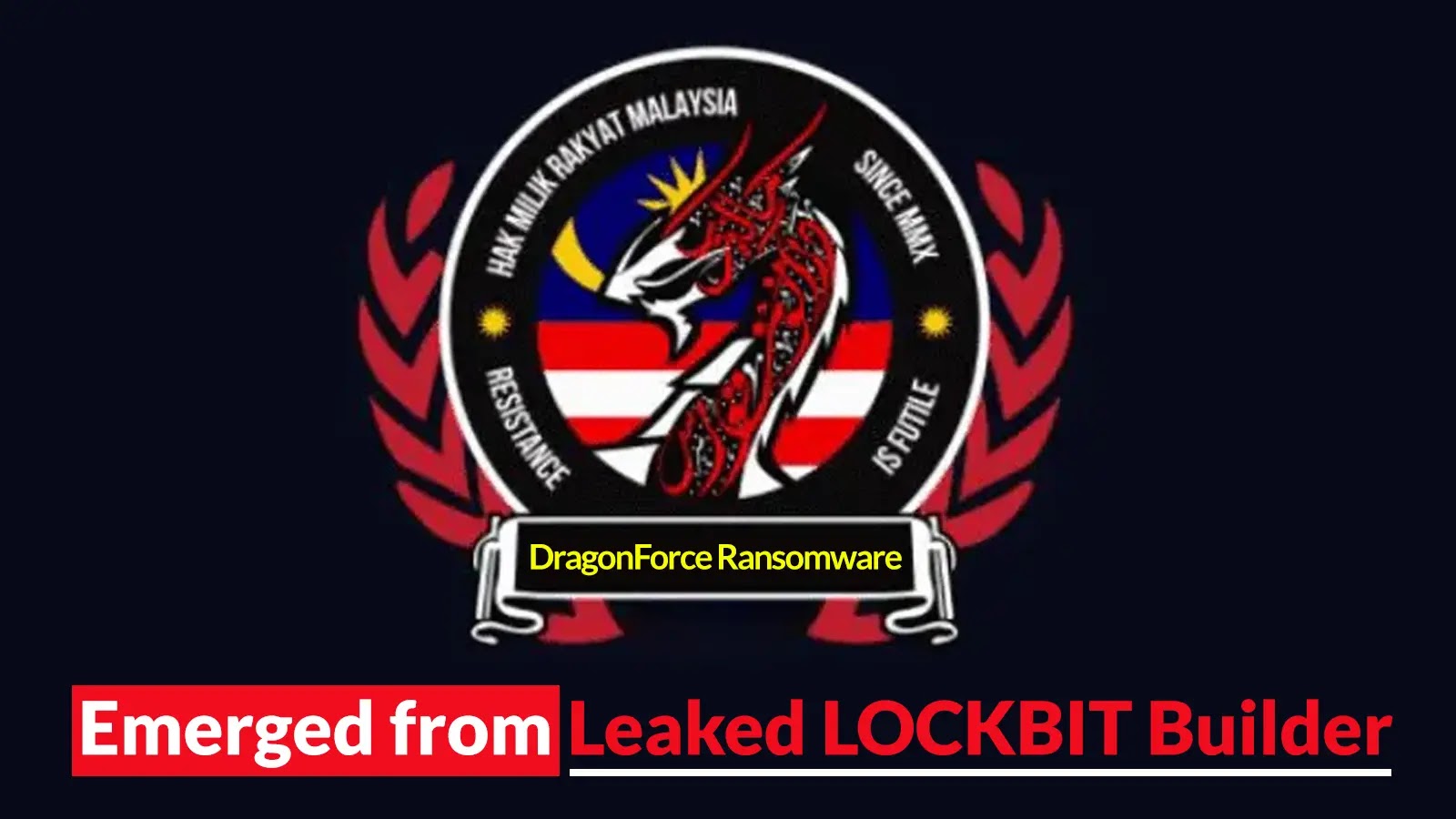Oracle released an emergency security update for another critical remote code execution vulnerability that can be exploited by the remote attacker to gain control over the system.
The vulnerability can be tracked as CVE-2019-2729 and has a CVSS Base Score of 9.8. It affects WebLogic versions 10.3.6.0.0, 12.1.3.0.0 and 12.2.1.3.0. The security update addresses the deserialization vulnerability via XMLDecoder in Oracle WebLogic Server Web Services.
“Due to the severity of this vulnerability, Oracle recommends that this Security Alert be applied as soon as possible.”
John Heimann, VP of Security Program Management at Oracle, stated that the CVE-2019-2729 is different from the vulnerability CVE-2019-2725 that used by attackers to install a new variant of ransomware called “Sodinokibi.”
Both of the zero days are a similar bug that resides in the deserialization process, to exploit the vulnerability attacker doesn’t require the remote server login credentials.
According to KnownSec 404 Team, the new Oracle WebLogic deserialization RCE Zero-Day vulnerability found already exploited in the wild.
“We analyzed and reproduced the 0day vulnerability, which is based on and bypasses the patch for CVE-2019–2725.”
KnownSec 404 has suggested two temporary Solutions.
Find and delete wls9_async_response.war, wls-wsat.war and restart the Weblogic service
Controls URL access for the /_async/* and /wls-wsat/* paths by access policy control.
You can follow us on Linkedin, Twitter, Facebook for daily Cybersecurity updates also you can take the Best Cybersecurity courses online to keep your self-updated.
Related Read
Hackers Exploiting Oracle WebLogic zero-day With New Ransomware To Encrypt User Data







.webp)

.webp)
